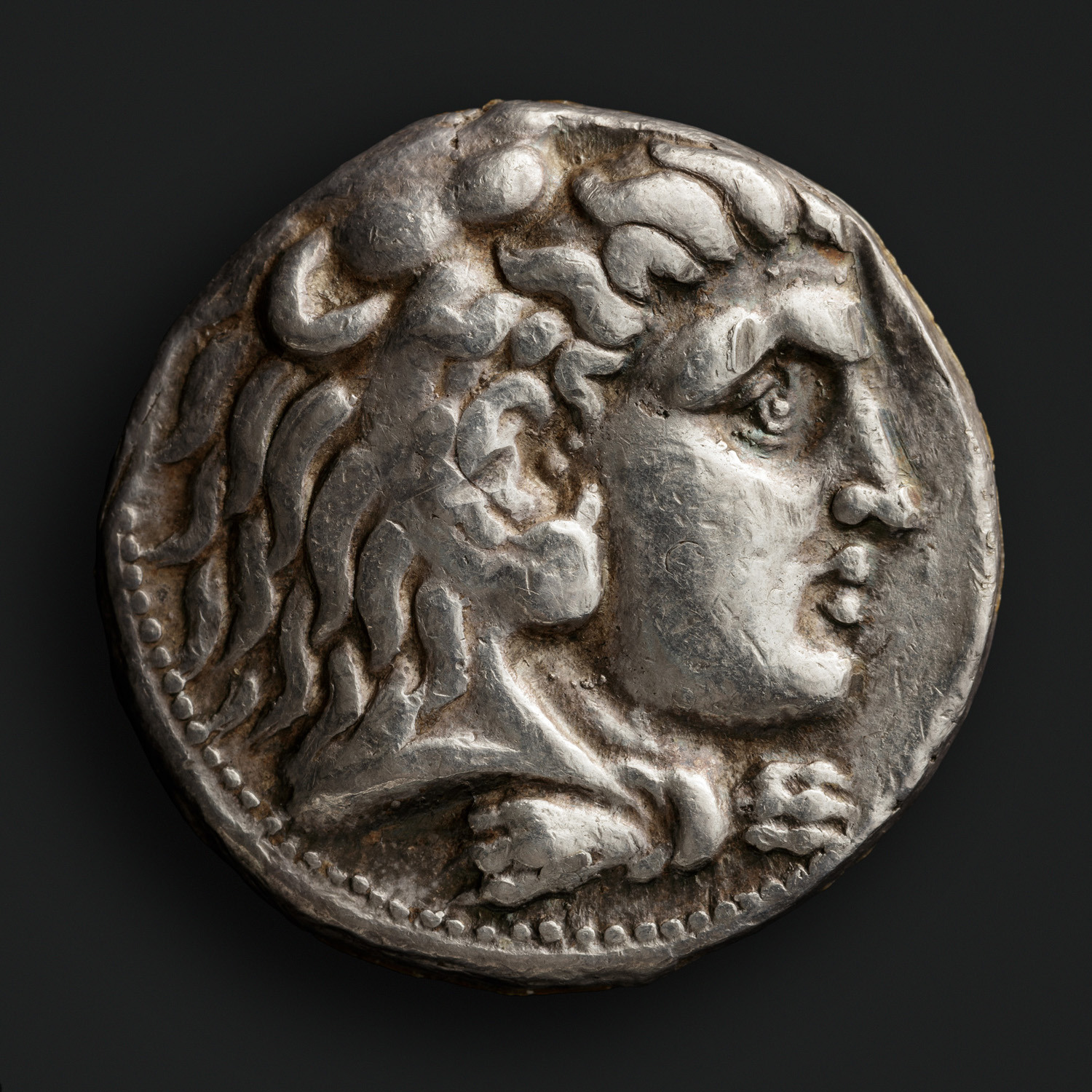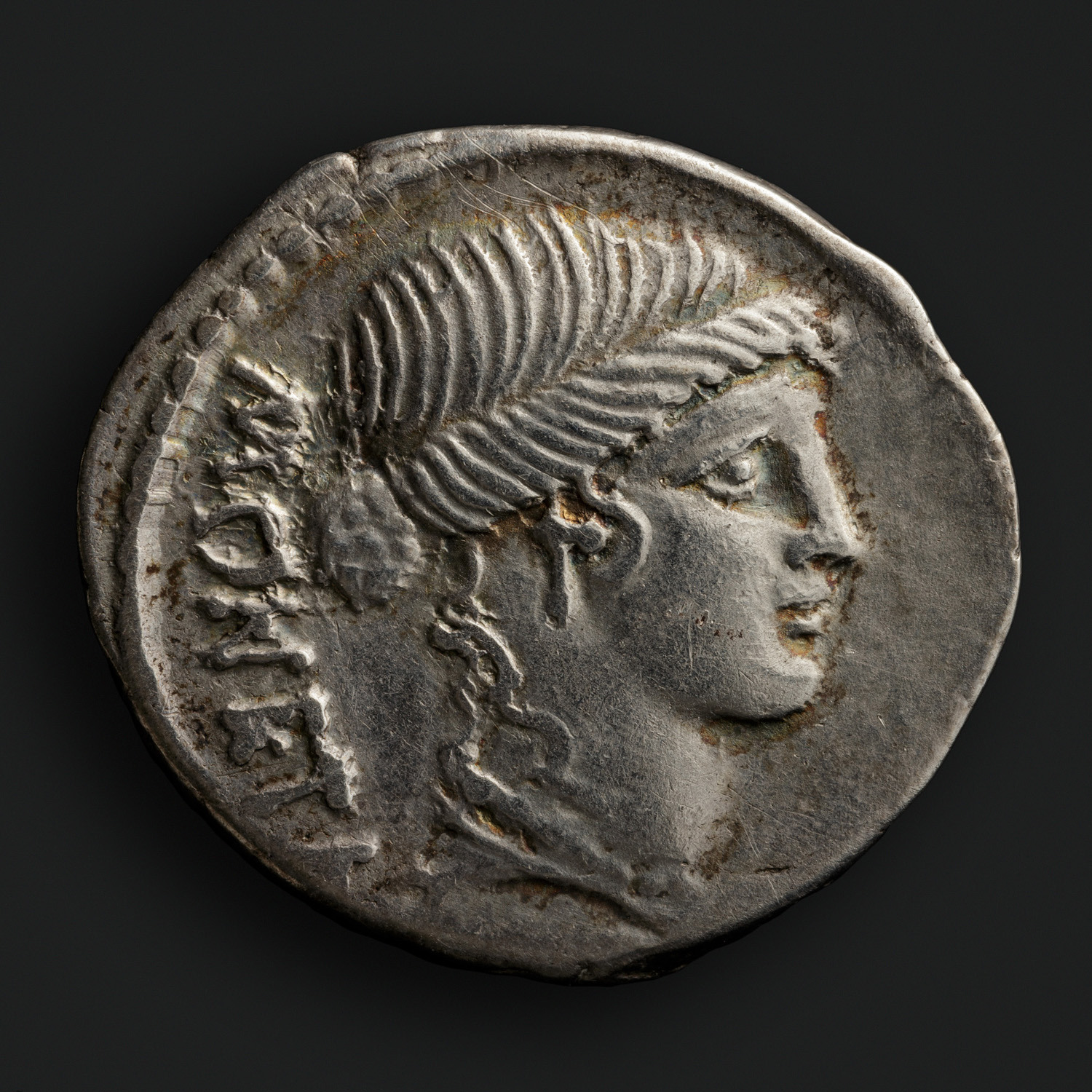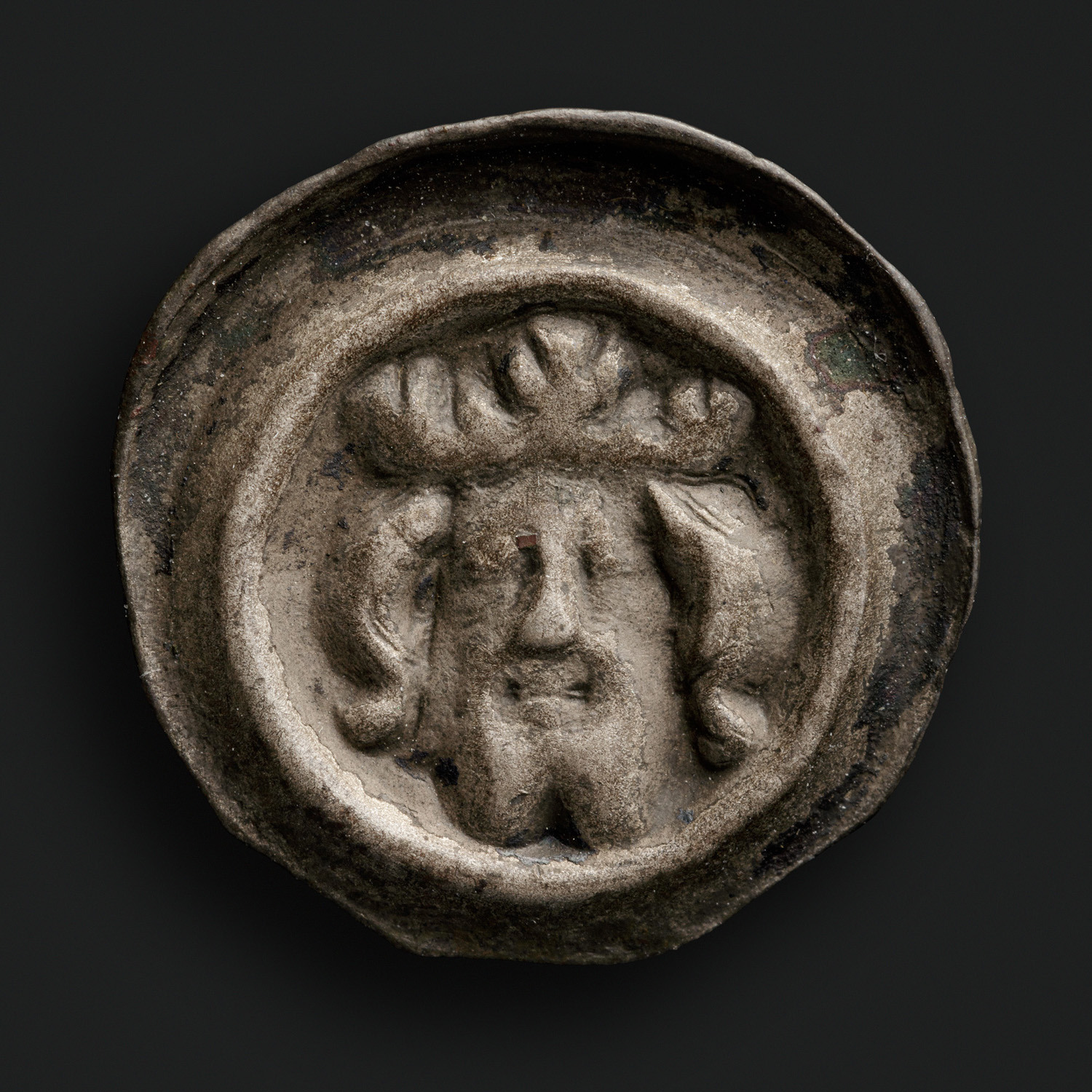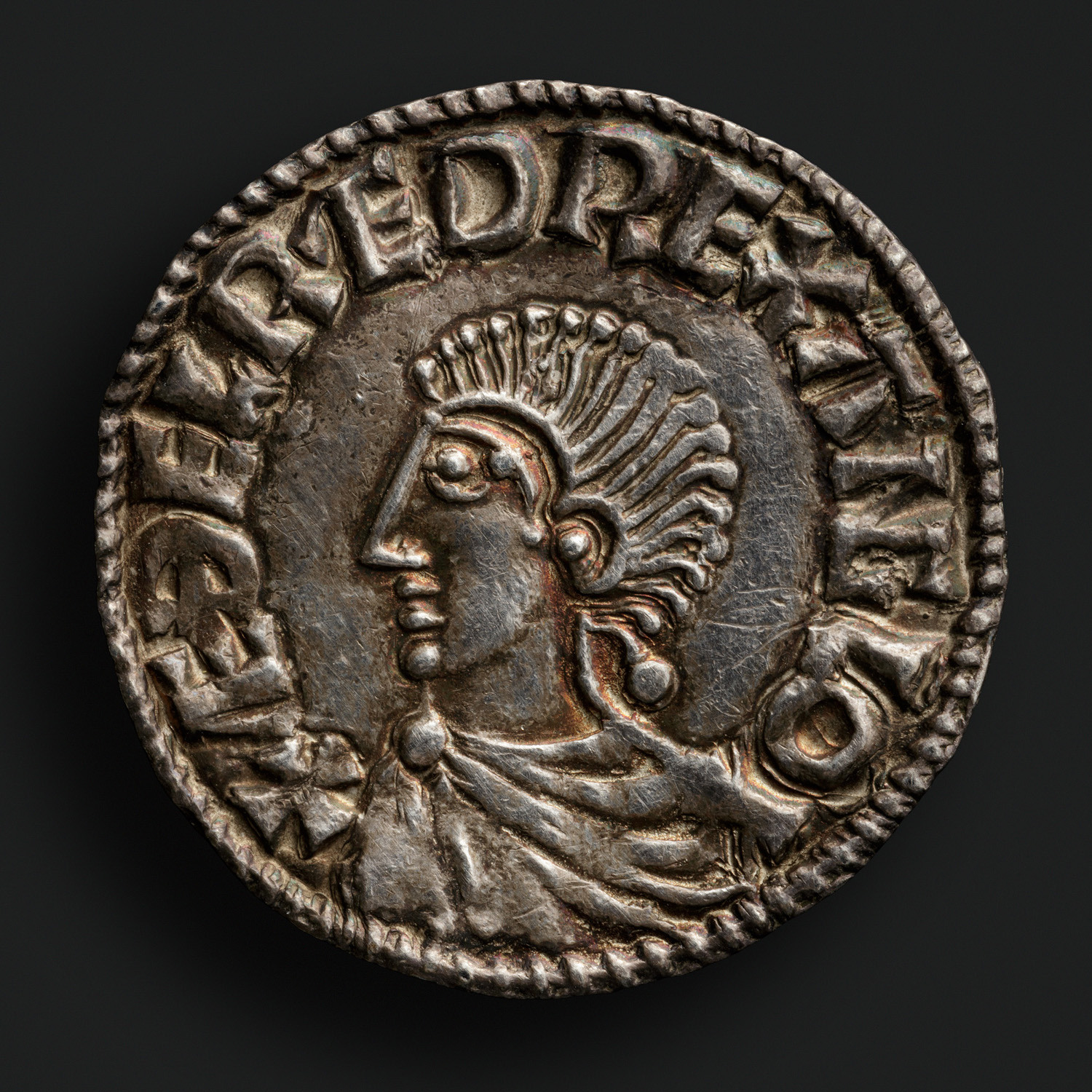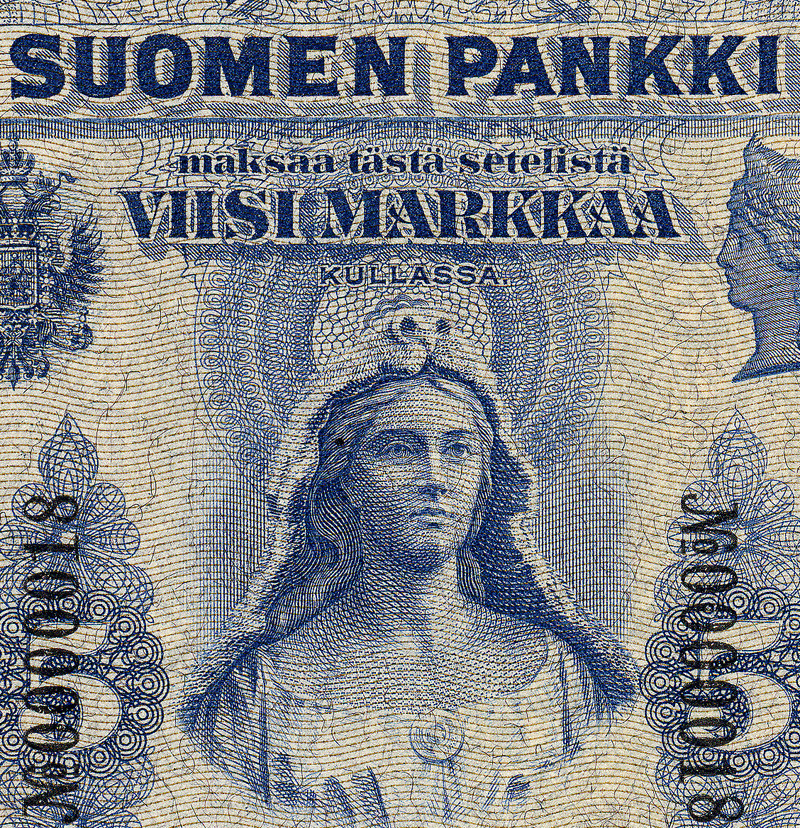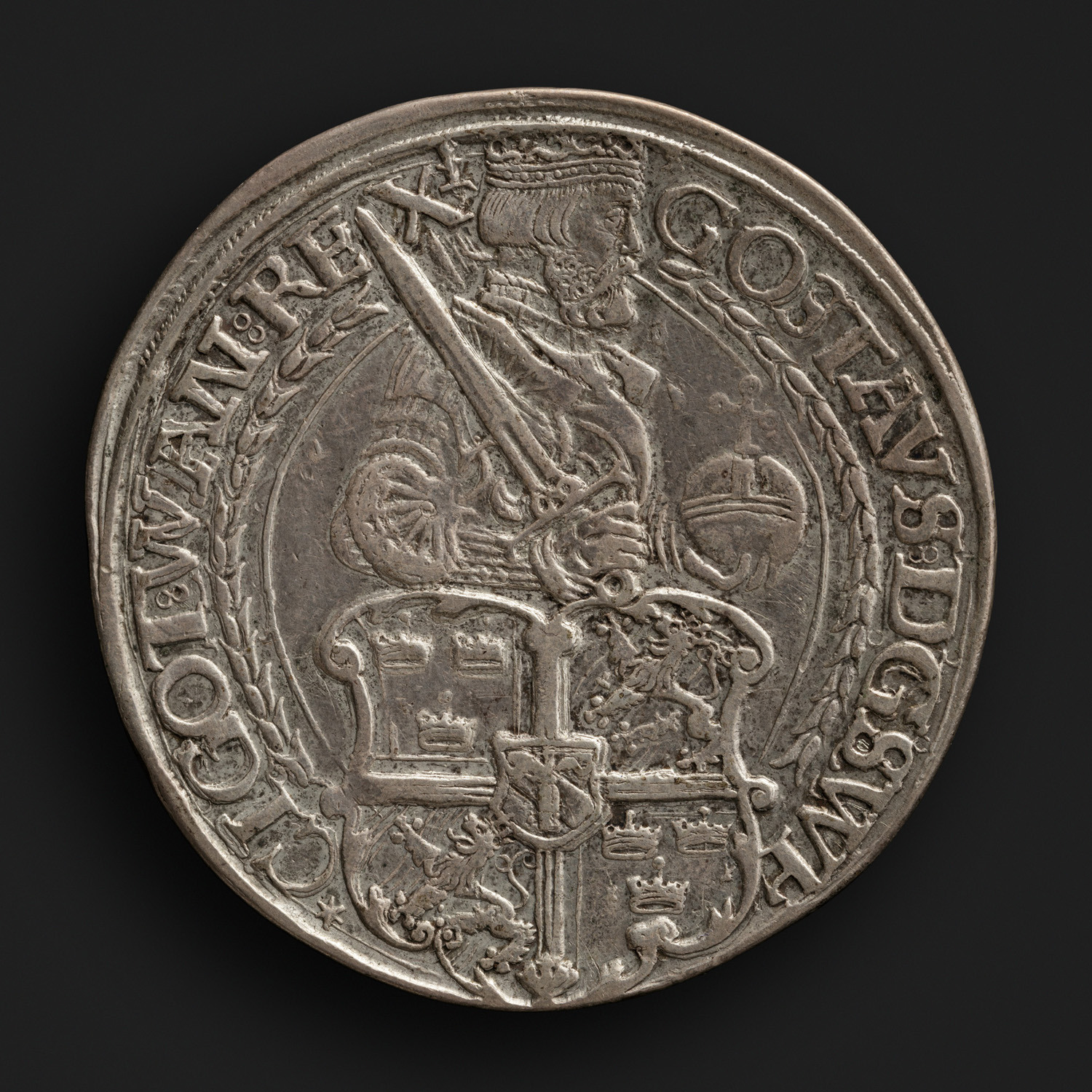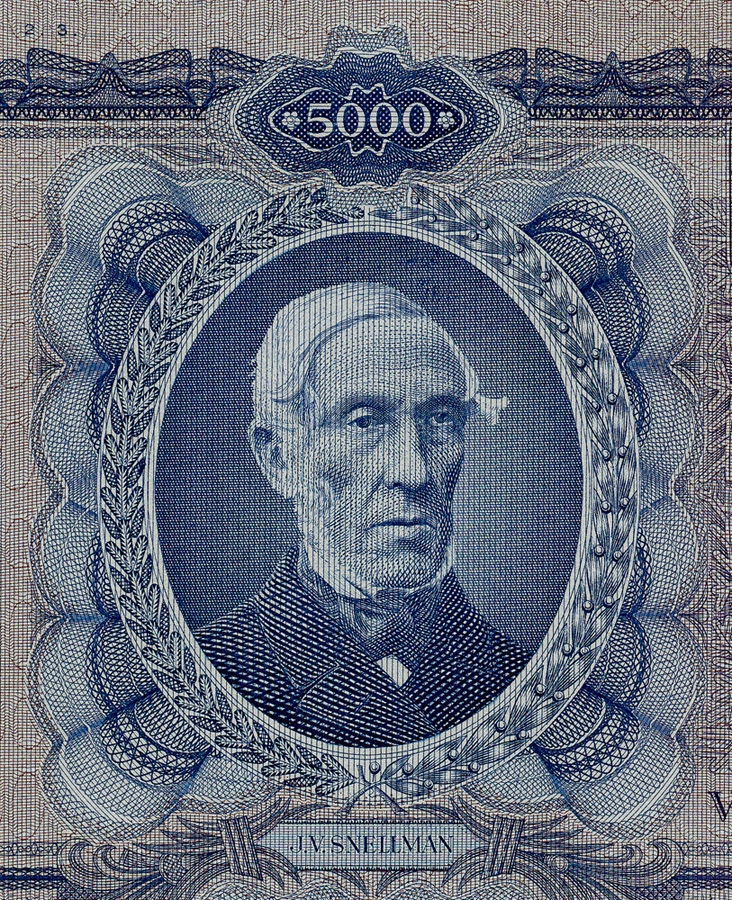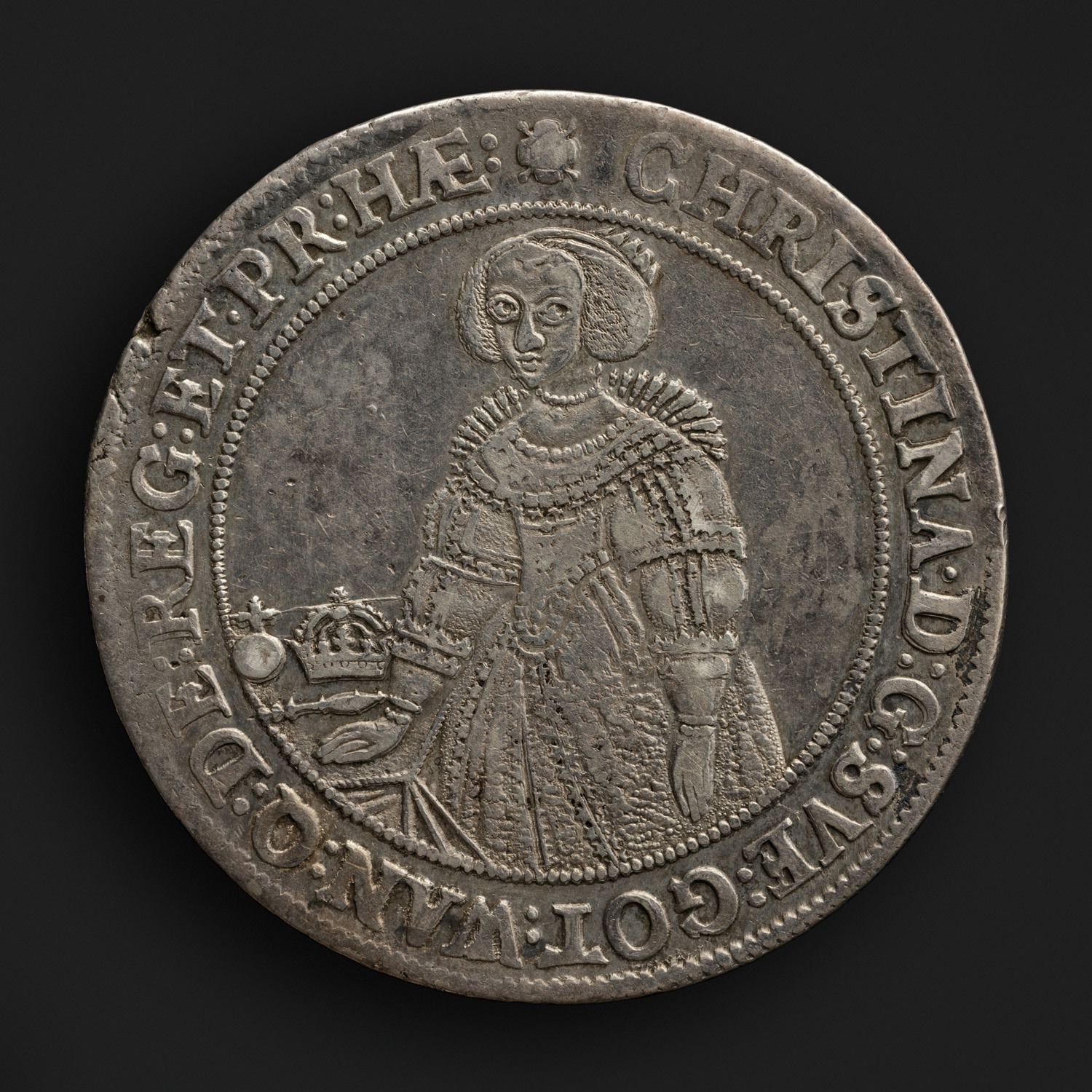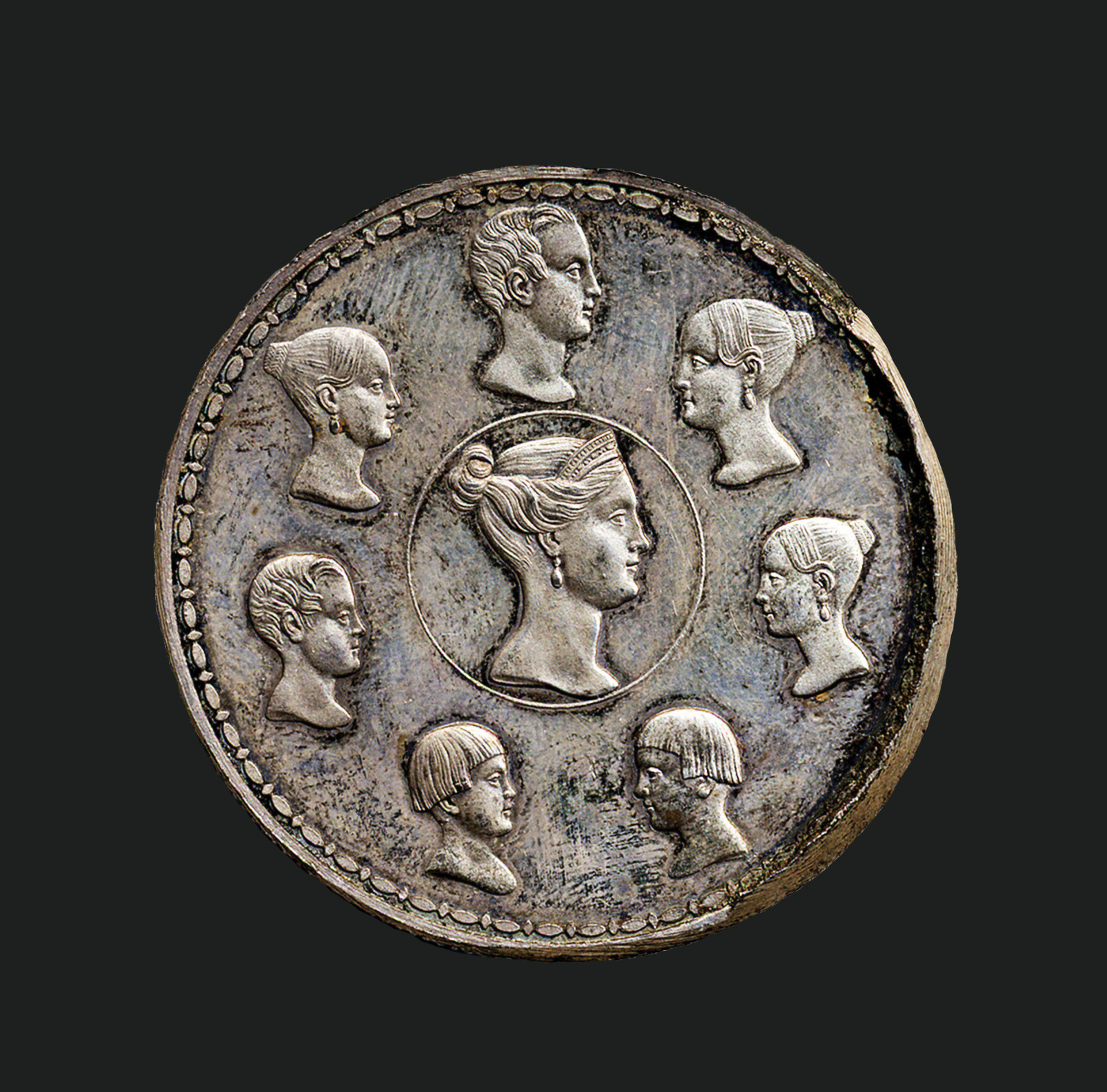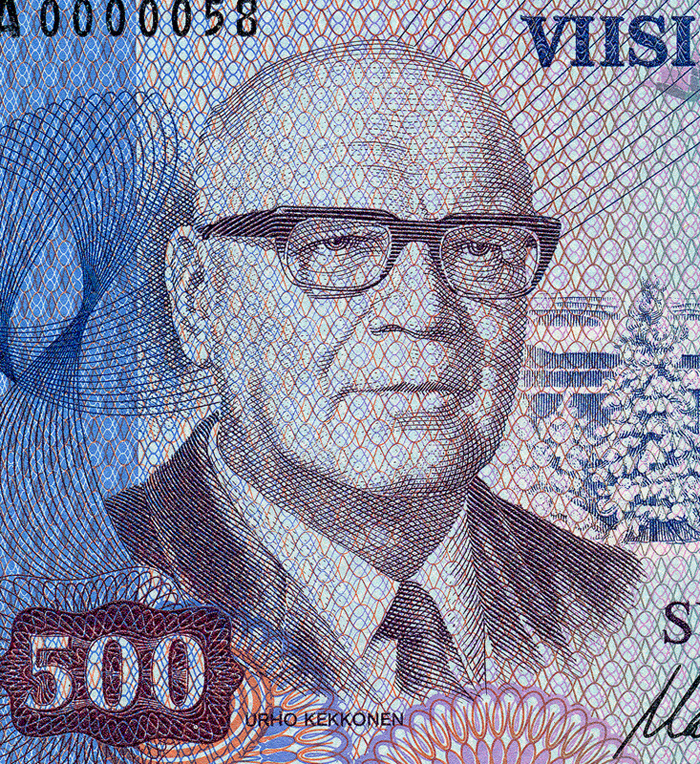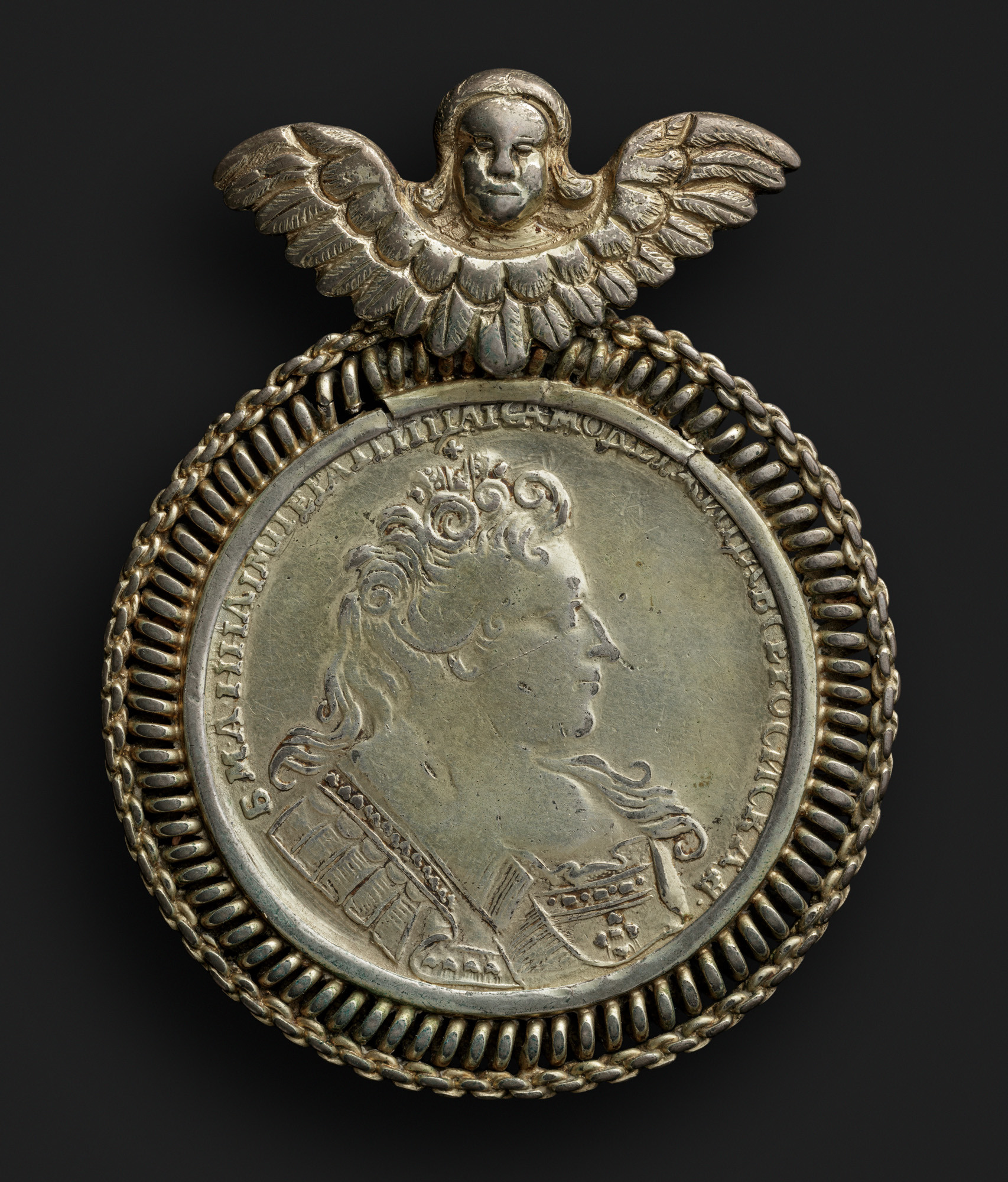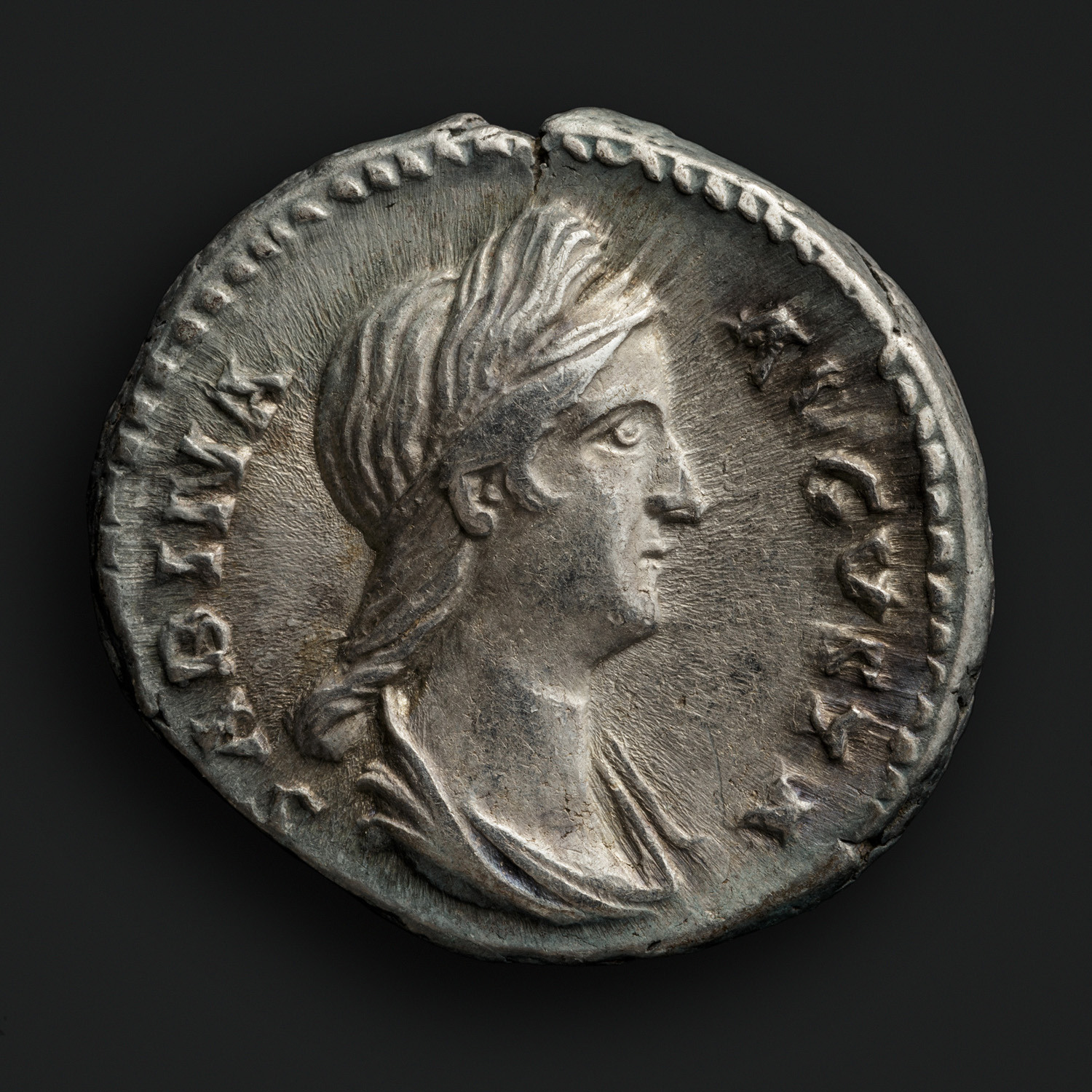Money
Many banknotes and coins still have pictures of rulers in them. The front face of a coin is called heads, as it often depicts the head of a prominent person, such as a king. This is not a new invention. When money was introduced in the Middle East in ca. 600 BCE, other symbols were first used. Usually, they were pictures of animals or gods. In ancient Greece, money still mostly showed gods and heroes but, gradually, real people also started appearing. Julius Caesar was the first Roman to let himself be portrayed on a coin.
In the Middle Ages, society and ideals changed. Social groups played a greater role than individuals, and this was also reflected in portraits. Simplified pictures were introduced to symbolise a person’s social status. During the Renaissance, individual, realistic portraits became popular again. Most portraits are profiles. Such portraits were easier to mint on coins, and they also gave them a serious, respectful look. Since then, the use of portraits, especially profiles, in money has remained widespread throughout the Western world. You can also often see portraits on banknotes.
Select an image for more information
